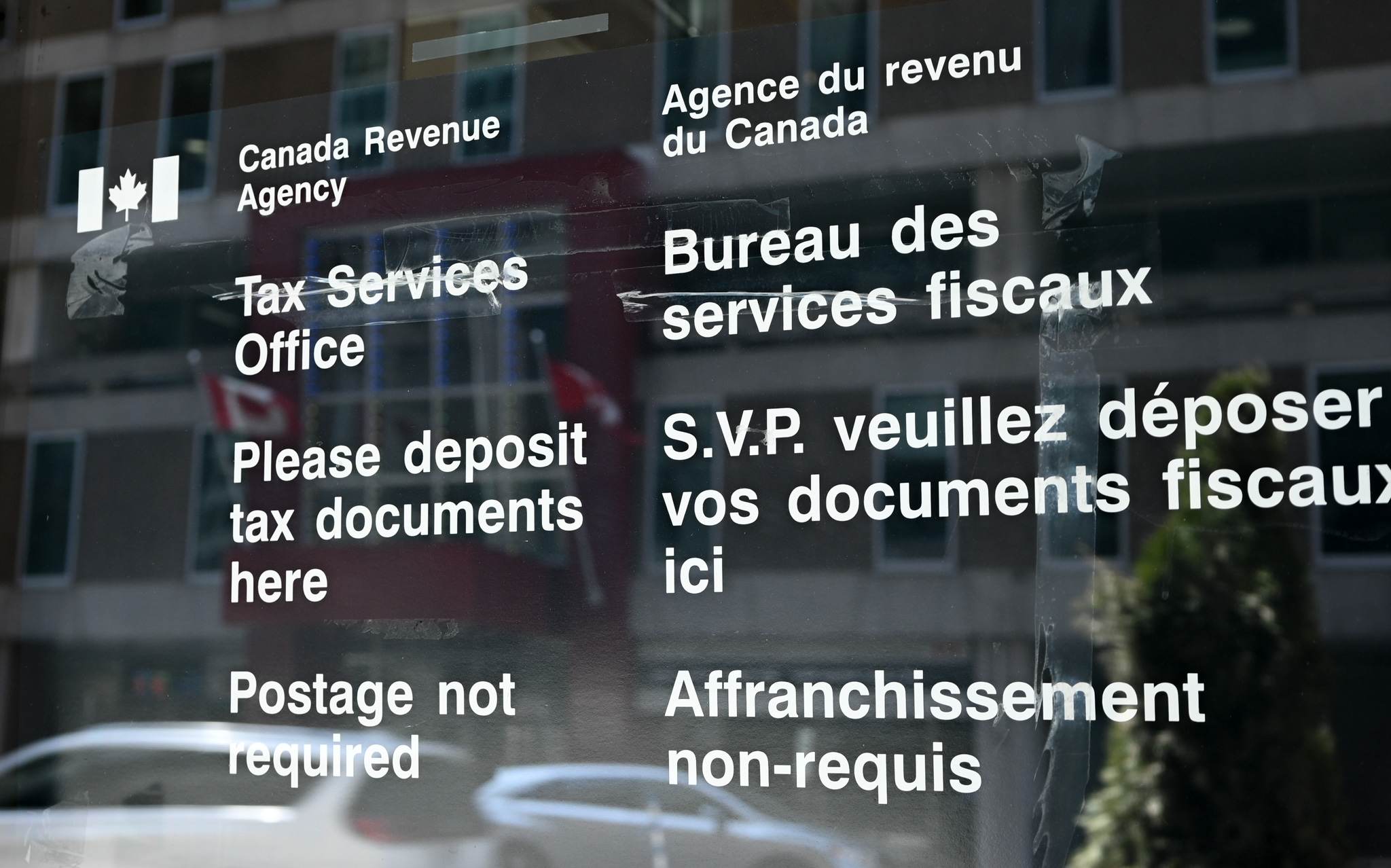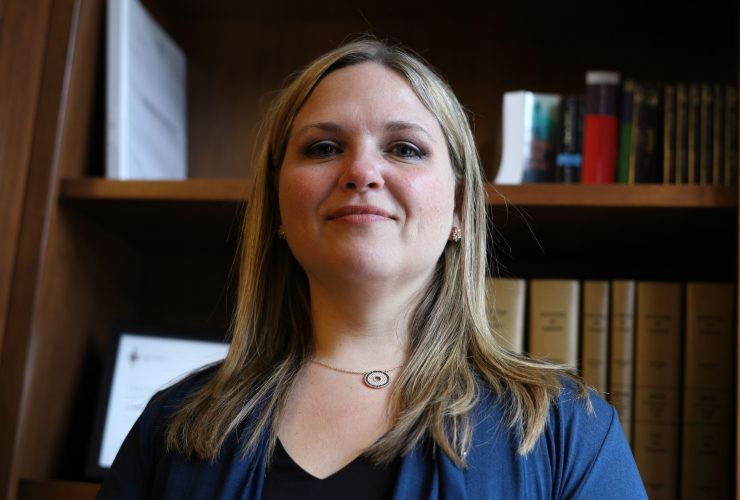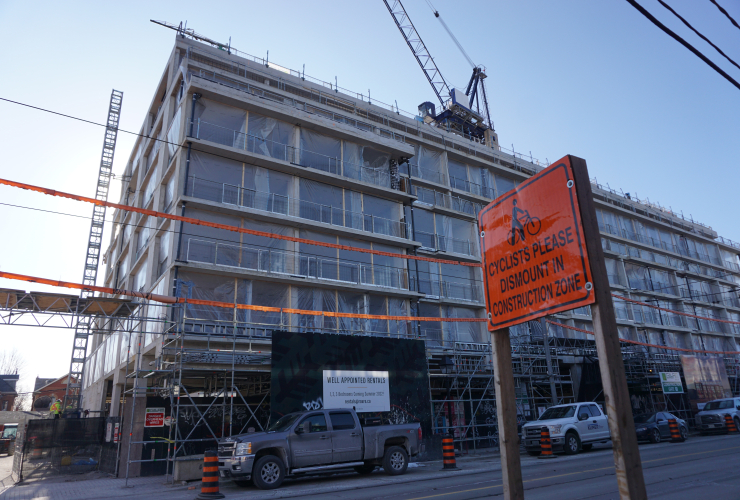The Canada Revenue Agency (CRA) has an Indigenous representation problem in both its employment and language services, critics say.
Jennifer Robson, a professor of political management at Carleton University, researches the gaps in CRA services and how they impede its secondary role as a service provider. The CRA has too few Indigenous staff, creating gaps in its service for Indigenous Peoples, she says.
“The more that you actually have people in the tax agency (who) represent diverse perspectives, the better the planning and implementation you will get for service delivery,” Robson said.
The CRA reports 3.2 per cent of employees are Indigenous, a percentage that has not grown much in recent years. Those numbers, included in a 2020-21 annual report on the CRA’s equity, diversity and inclusion, are far below Indigenous representation in the core public service at 5.2 per cent and the total Indigenous population in Canada at five per cent. The CRA would need to hire over 900 Indigenous employees to catch up with their public service counterparts.

The CRA did not return a request for comment before publication, citing disruptions from the ongoing strike.
The federal agency has recently tried to better understand and improve services for its Indigenous clientele. Public opinion research from last year found that while two-thirds of Indigenous Peoples had a neutral impression of the CRA overall, nearly a quarter strongly disagreed that the CRA works for their benefit. Many had also experienced discrimination from representatives of the CRA, the research found.
Robson notes the hiring benchmark the CRA is setting for itself is too low, given the structural and systemic obstacles Indigenous Peoples face in the labour market. The CRA seeks representation in its workforce in line with “labour market availability,” or the number of available Indigenous workers in the marketplace.
But if you use the labour market as a benchmark, then you’re accepting the baked-in reality of excluding underrepresented groups like Indigenous Peoples, Robson says.
“We should actually be going further to try and look like the country that we serve.”
Part of that service should include communicating with Indigenous nations in their own languages, Robson adds.
Lisa Koperqualuk, president of the Inuit Circumpolar Council, told Canada’s National Observer how important language is for Inuit. It’s essential for government communication, particularly on tax issues, to be received in one’s own language, she says.
“Sometimes, the government writes to you about your income tax returns and tells you you owe money, but if you don't understand that you owe the government money, well, for some people it’s very, very serious,” she said.
Ottawa does not recognize Indigenous languages like Inuktitut as official languages, so the CRA has no mandate or obligation to communicate in those languages.
“That's a major gap, right, in terms of your ability to serve the local population,” Robson said.
Matteo Cimellaro / Canada’s National Observer / Local Journalism Initiative






Comments